Our Four Pillars
Ground Search
Ground search activities uncover the hidden truths beneath the grounds of the former Mohawk Institute Indian Residential School. Working across 600+ acres, Survivors’ Secretariat collects, organizes and stores geophysical information using a multitude of technologies to identify areas that are indicative of grave shafts.
The ground search team uses Survivor testimonials and archival research to identify and prioritize areas of interest for potential unmarked burials within the 2 km buffer zone of the former lands associated with the Mohawk Institute. As ground search activities are seasonal, the team welcomes a group of Intergenerational Survivors, aged 18-29, through the Reclaiming Our Role – Youth Supporting Survivors Program to assist on the ground data collection.
The Survivors’ Secretariat’s ground search activities are guided by a panel of archaeologists who advise their data collection processes, provide training to the team, and assist in reviewing collected data.
We Strive To:
- Bring closure to families, Survivors’ and communities searching for their loved ones.
- Provide a comprehensive overview of the search area, and preserve findings and data collected for Survivors’, impacted communities and future generations.
Our Progress
- 535 Grids Scanned with GPR
- 16.7 acres scanned
- 2.75% of the total area searched
*as of March 31, 2025
Our Challenges:
- Ground-penetrating radar technologies are newly being applied to search for unmarked burials and require specialized analysis by trained experts.
- Ground search can only occur during specific months due to extreme weather conditions, such as cold, heat, or heavy precipitation; which can hinder search efforts, damage sensitive equipment, and delay the overall process.
- Search operations must be carefully coordinated to balance thoroughness with urgency.
- Structures, landscaping, and prior land use can obscure the search terrain and complicate manual efforts.
- Legal frameworks and regulations governing archaeological work can restrict the scope of investigations, requiring permits and adherence to specific protocols that may slow down or limit ground search efforts. These laws are often complex, adding an extra layer of difficulty to the process.
- Ground-penetrating radar technologies are newly being applied to search for unmarked burials and require specialized analysis by trained experts. Ground search can only occur during specific months due to extreme weather conditions, such as cold, heat, or heavy precipitation; which can hinder search efforts, damage sensitive equipment, and delay the overall process.
- Search operations must be carefully coordinated to balance thoroughness with urgency.
- Structures, landscaping, and prior land use can obscure the search terrain and complicate manual efforts.
- Legal frameworks and regulations governing archaeological work can restrict the scope of investigations, requiring permits and adherence to specific protocols that may slow down or limit ground search efforts. These laws are often complex, adding an extra layer of difficulty to the process.
Ground Search Technology
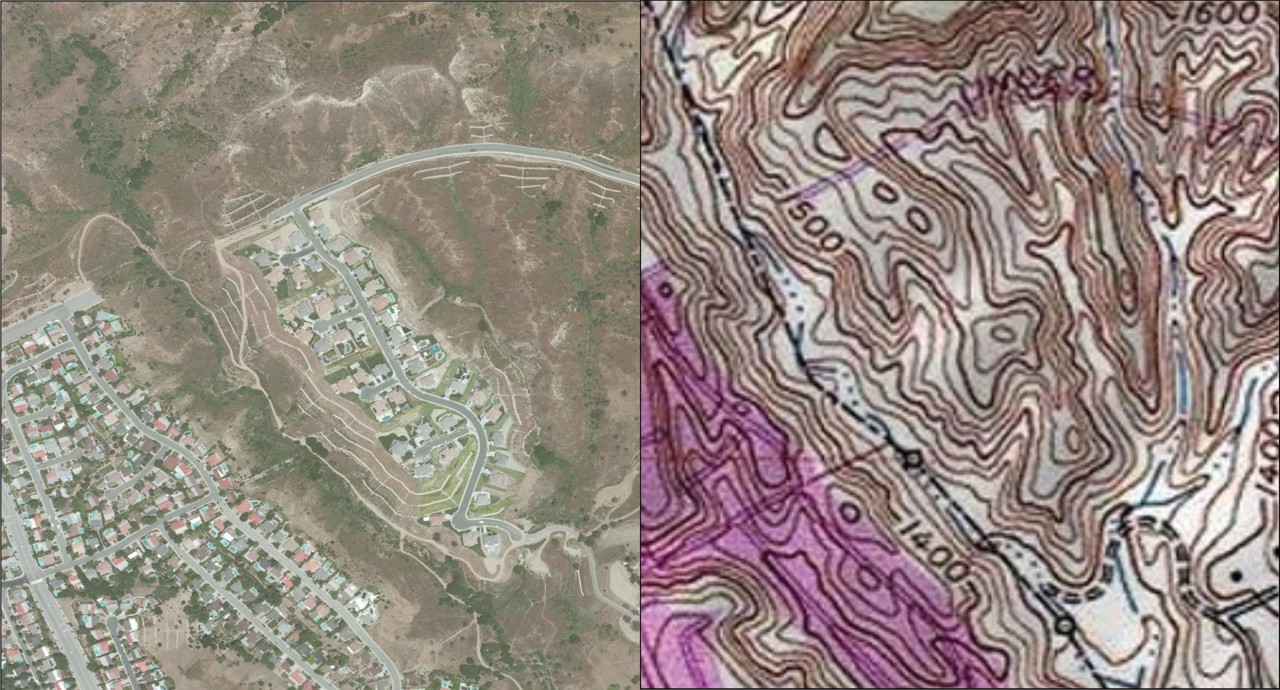
GIS is used for georeferencing historical imagery, surveying land, and creating highly accurate maps down to the centimeter. This precision is crucial for forensic and archaeological research, ensuring that areas are thoroughly documented and can be revisited for further investigation.
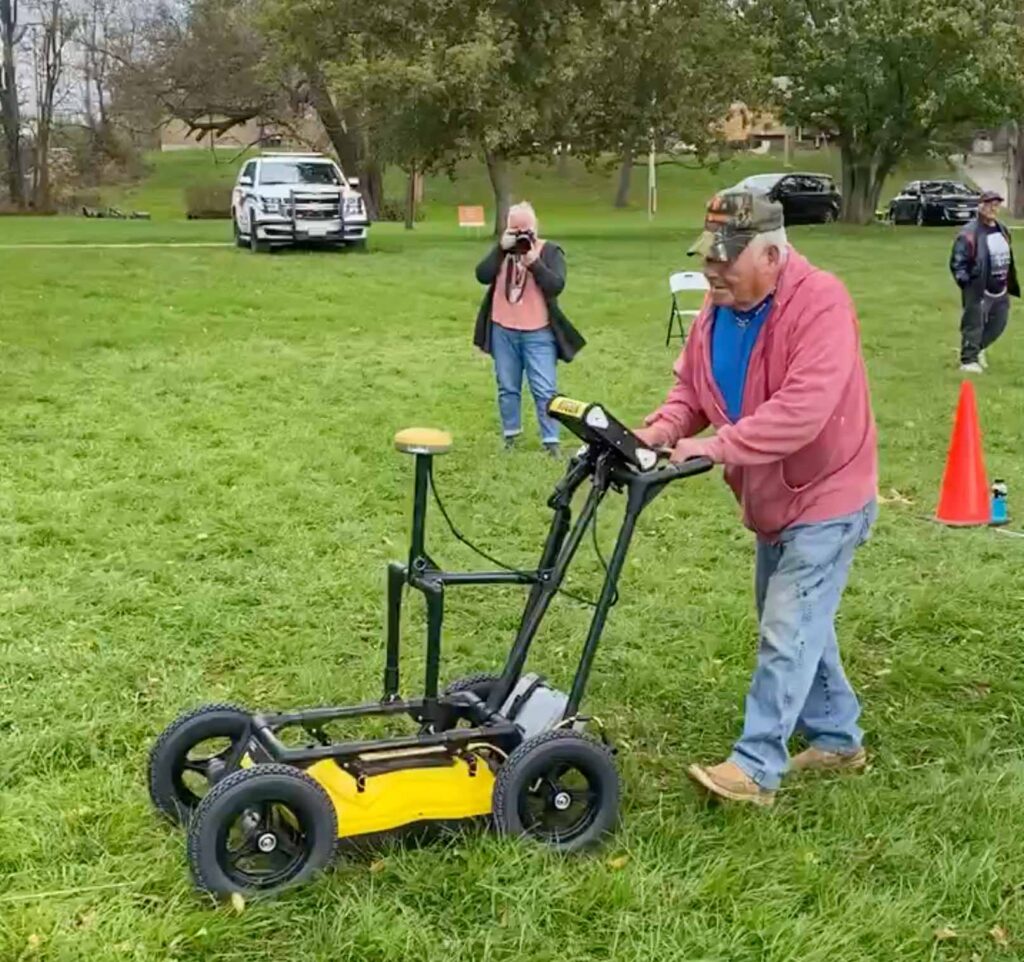
Ground-penetrating radar (GPR) is a non-invasive geophysical technique that uses electromagnetic waves to create detailed images of the subsurface. GPR is particularly effective in smaller, debris-free areas. However, GPR requires careful analysis to filter out signals from non-relevant features such as pipes, electrical lines, trees, and building foundations.
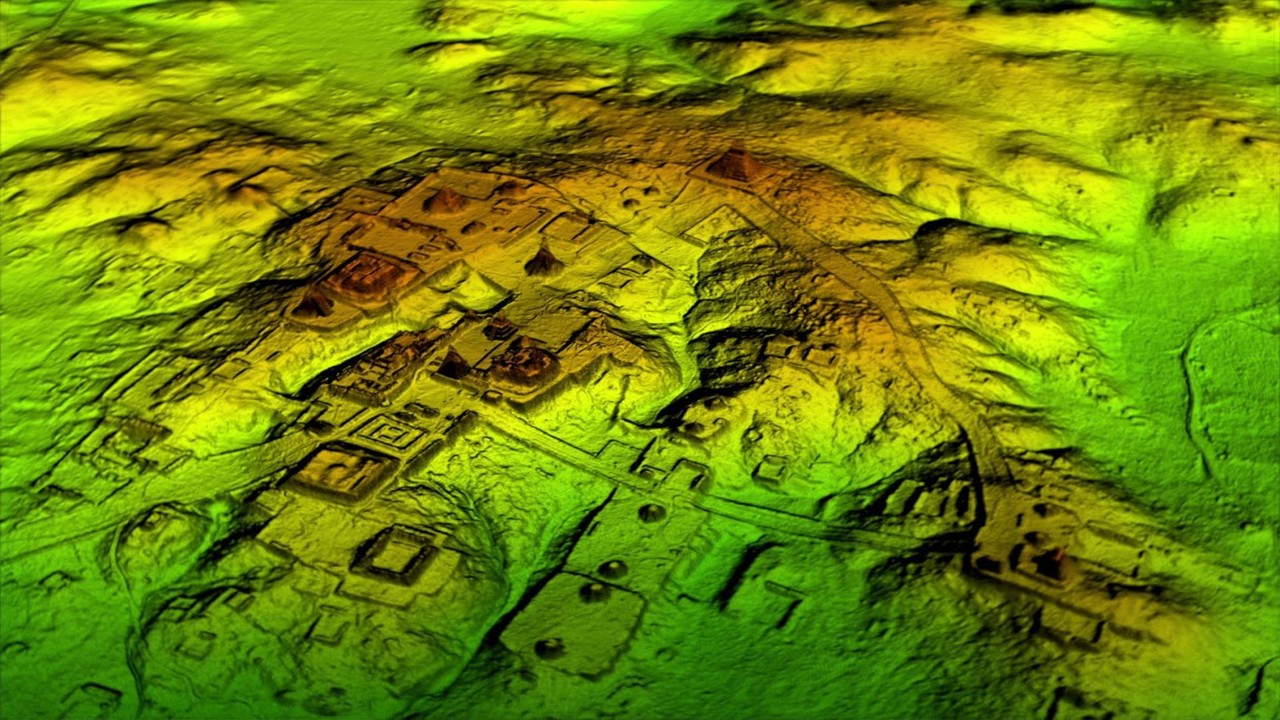
Creates detailed 3D models of the terrain, which helps in identifying disturbances in the ground, or unnatural changes in elevation, that may indicate the presence of unmarked graves or other archaeological features of significance.
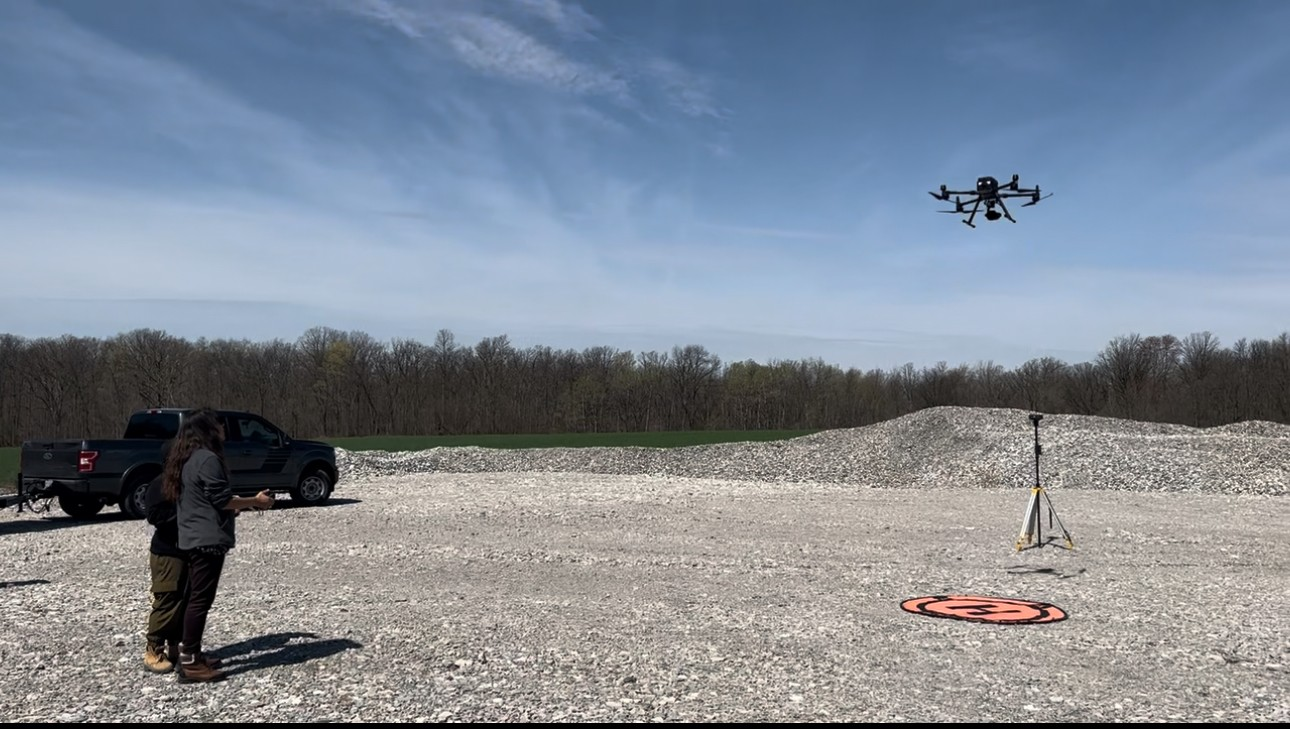
Drones are utilized for aerial surveying, providing a broader view of the land and assisting in identifying potential areas of interest for further investigation.
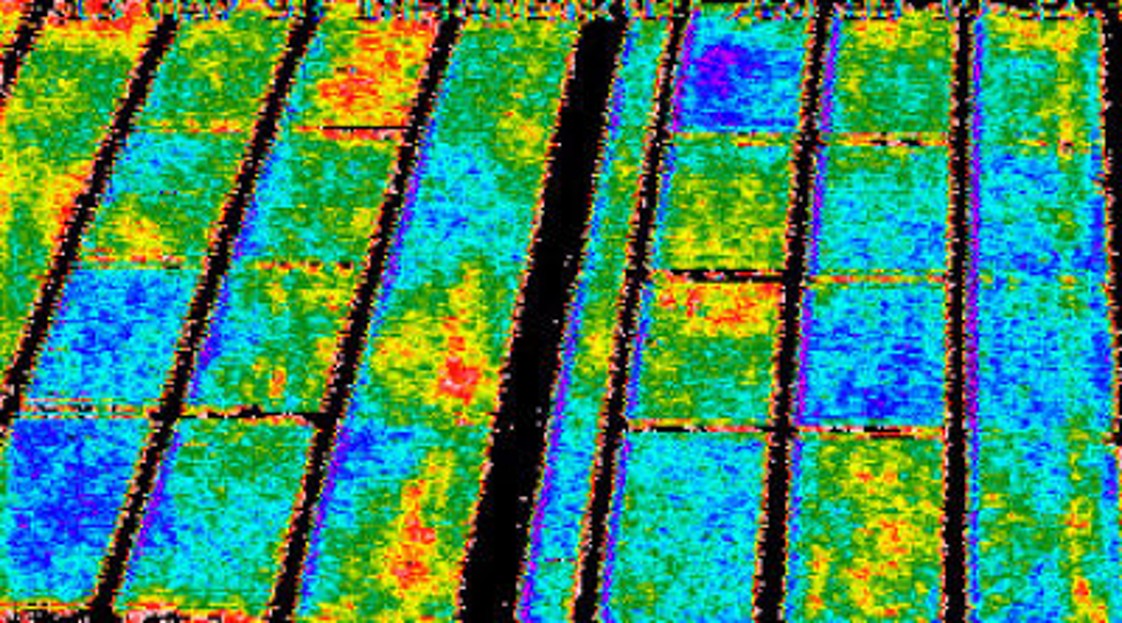
This technology is used to detect temperature variations in the ground, which can signal the presence of disturbances, such as human remains or burial sites, that differ from the surrounding soil.
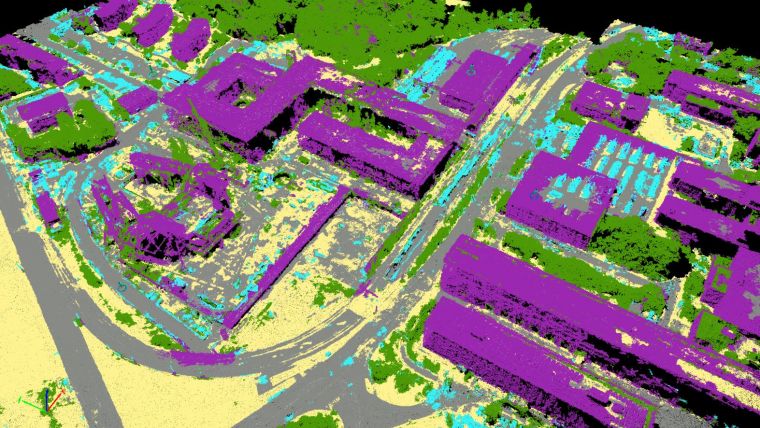
This technique involves using photographs (both modern and historical) taken from various angles to create 3D maps of the terrain, aiding in the analysis and documentation of the search area.
Geographic Infromation System

Ground Penetrating Radar
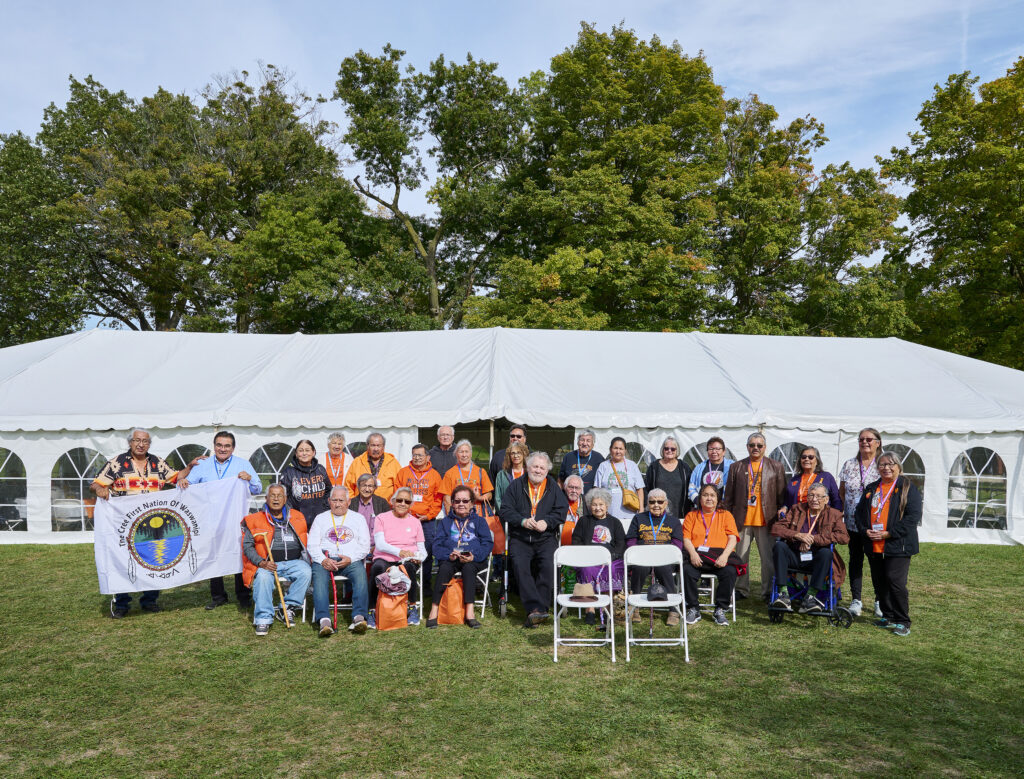
LiDAR
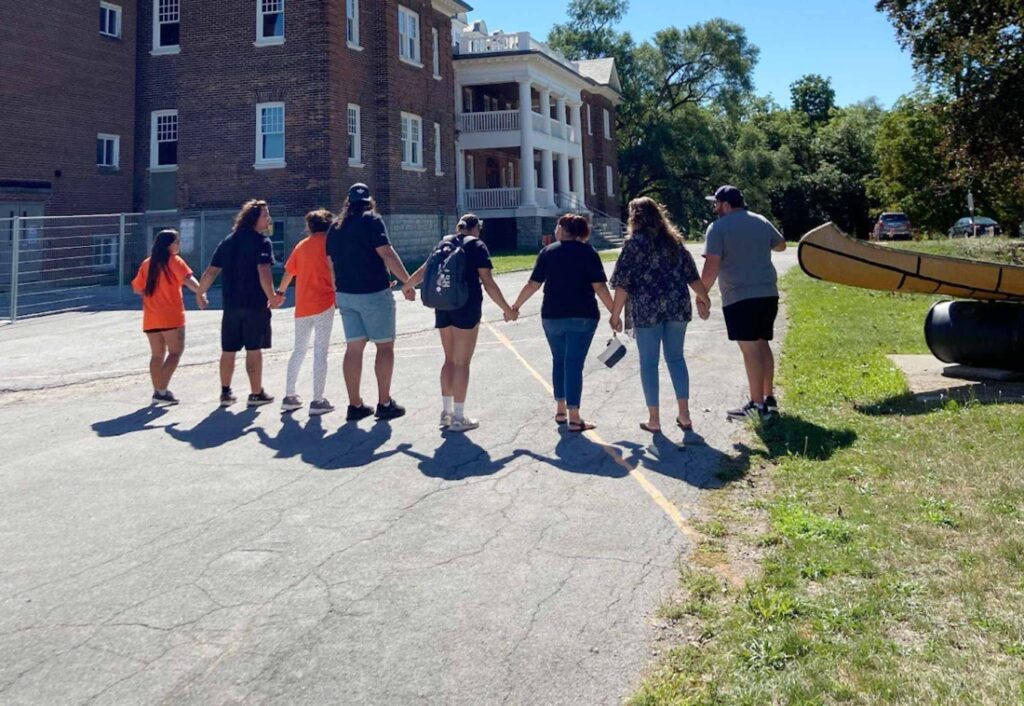
Drone Imaging

Thermal Imagery

Photogrammetry

GIS Technology (Geographic Information Systems):
Ground Penetrating Radar (GPR):
Ground-penetrating radar (GPR) is a non-invasive geophysical technique that uses electromagnetic waves to create detailed images of the subsurface. GPR is particularly effective in smaller, debris-free areas. However, GPR requires careful analysis to filter out signals from non-relevant features such as pipes, electrical lines, trees, and building foundations.
Drones:
GIS Technology (Geographic Information Systems):
GIS Technology (Geographic Information Systems):
GIS is used for georeferencing historical imagery, surveying land, and creating highly accurate maps down to the centimeter. This precision is crucial for forensic and archaeological research, ensuring that areas are thoroughly documented and can be revisited for further investigation.
Ground Penetrating Radar (GPR):
Ground Penetrating Radar (GPR):
Ground-penetrating radar (GPR) is a non-invasive geophysical technique that uses electromagnetic waves to create detailed images of the subsurface. GPR is particularly effective in smaller, debris-free areas. However, GPR requires careful analysis to filter out signals from non-relevant features such as pipes, electrical lines, trees, and building foundations.
Drones:
Drones:
Drones are utilized for aerial surveying, providing a broader view of the land and assisting in identifying potential areas of interest for further investigation.
GIS Technology (Geographic Information Systems):
GIS is used for georeferencing historical imagery, surveying land, and creating highly accurate maps down to the centimeter. This precision is crucial for forensic and archaeological research, ensuring that areas are thoroughly documented and can be revisited for further investigation.
Ground Penetrating Radar (GPR):
Drones:
Drones are utilized for aerial surveying, providing a broader view of the land and assisting in identifying potential areas of interest for further investigation.
LiDAR (Light Detection and Ranging):
Creates detailed 3D models of the terrain, which helps in identifying disturbances in the ground, or unnatural changes in elevation, that may indicate the presence of unmarked graves or other archaeological features of significance.
Thermal Imagery:
Photogrammetry:
This technique involves using photographs (both modern and historical) taken from various angles to create 3D maps of the terrain, aiding in the analysis and documentation of the search area.
LiDAR (Light Detection and Ranging):
LiDAR (Light Detection and Ranging):
Creates detailed 3D models of the terrain, which helps in identifying disturbances in the ground, or unnatural changes in elevation, that may indicate the presence of unmarked graves or other archaeological features of significance.
Thermal Imagery:
Thermal Imagery:
This technology is used to detect temperature variations in the ground, which can signal the presence of disturbances, such as human remains or burial sites, that differ from the surrounding soil.
Photogrammetry:
Photogrammetry:
This technique involves using photographs (both modern and historical) taken from various angles to create 3D maps of the terrain, aiding in the analysis and documentation of the search area.
LiDAR (Light Detection and Ranging):
Thermal Imagery:
This technology is used to detect temperature variations in the ground, which can signal the presence of disturbances, such as human remains or burial sites, that differ from the surrounding soil.